In the ‘Avoiding failures’ section of the 4/24 issue of Fluid, service experts report in detail on how to avoid failures in hydraulic systems. The positive aspects of professional oil care are quite rightly emphasised, as the ‘lifeblood’ should not become the source of failures but, on the contrary, remain usable for as long as possible.
The Fluidcontrol business unit at Bühler-Technologies has long been working on developments to extend the useful life of hydraulic and lubricating oils under the term Condition Monitoring-CM.
Optimum oil care starts with the filling process: Innovative solutions for clean and efficient filling
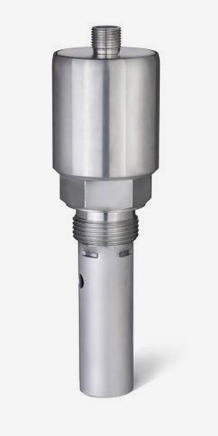
Experience has taught us that despite the urge for perfect oil care, one of the most trivial questions is often overlooked: "How does the oil get into the reservoir?" In fact, the foundation stone is laid at/before the first start-up as to whether the ultimately unavoidable wear in the system begins immediately or only with the operating load. Since the oil has been rated in cleanliness classes according to ISO 4406 to assess the condition of the system, most operators have realised that new oil does not necessarily correspond to the desired operational cleanliness class. Oil maintenance therefore starts with a flushing process during filling. As a minimum, this can initially consist of flushing only the container and its immediate periphery in order to remove assembly dirt and fresh oil contamination. In the case of complex systems, the entire system is then flushed (possibly section by section).
Back to the filling process. This should be carried out in such a way that no secondary contamination other than the fresh oil is introduced. For this reason, every oil tank should be equipped with a fixed filling connection - preferably in the form of a quick-release coupling. In order to fulfil the often differing interests between the original equipment manufacturer and the final operator, Bühler Technologies looked for an innovative solution that offers both sides equal advantages for this function:
The obligatory ventilation hole in every oil container is not simply fitted with a ventilation filter, but with a bundle of functions that are necessary for operation anyway. The Bühler FC terminal therefore accommodates a qualified breather filter with replaceable element, level monitoring with integrated temperature monitoring, a filling connection with quick-release coupling and a fixed sampling connection - also with quick-release coupling - on the globally standardised hole pattern for breather filters. The original equipment manufacturer saves space, logistics and installation costs. The operator has a fixed maintenance point with foolproof connections for filling and taking oil samples for chemical analysis in the laboratory, which is necessary at intervals. These are representative due to the fixed sampling point and also remain truly free of secondary contamination. Operators with a higher degree of automation have the option of monitoring the ventilation filter element.
Efficient Oil Care and Condition Monitoring: Solutions for Maximum Operational Reliability
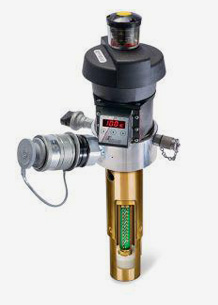
By supplying the filling or flushing pump from a socket integrated into the control system, the filling process can be automated via the built-in level measurement – often a valuable safety feature to prevent overfilling in complex systems.
With the Bühler FC Terminal, essential information on fill level and temperature at the system’s start and end points is provided. The oil has reached the desired cleanliness class and is now ready for use. To achieve the operator’s goal – to use the oil for as long as possible – its condition must be continuously monitored. Through qualified filtration designed for the required cleanliness class, solid particles and elastomer residues generated during operation are removed. The filter can also serve as a “wear detector” if equipped with appropriate monitoring. To stabilise the key parameter of temperature in oil, convection within the system is no longer relied upon; instead, properly sized coolers for air or water as coolant are installed.
For efficient oil care, cooling and filtration are ideally combined in an offline unit. This ensures that correctly tempered oil with the required cleanliness class is always supplied to the system.
To complete professional condition monitoring, additional sensors are used. Since the moisture content of the oil also affects its service life and oils are generally hygroscopic, continuous monitoring of moisture – or, in some applications, inevitably free water – is recommended.
Depending on the investment in a hydraulic or lubrication system, installing an ageing sensor or a CM terminal may also be considered. This provides the operator with continuous information on the condition of both the system and the oil, reducing the need for frequent laboratory analysis. Specific sensors are also available for the particular requirements of lubrication systems.
Summary:
To ensure the efficient operation of hydraulic systems and lubrication units, it is now essential to start professional condition monitoring from the very first day of operation. This can only be achieved if the OEM and the operator agree on suitable monitoring equipment. As described in the report, appropriate devices and sensors are available for this purpose. The example of the FC terminal demonstrates how both parties can benefit from concentrating essential functions in one unit. The OEM only needs to install a single component, and the operator gains a secure and easily accessible service point. Naturally, the sensors described provide communication signals that are fully in line with current IoT standards.
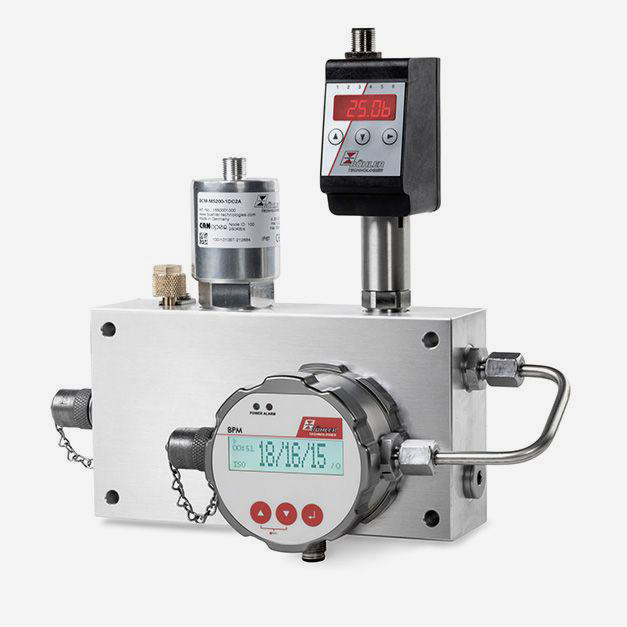
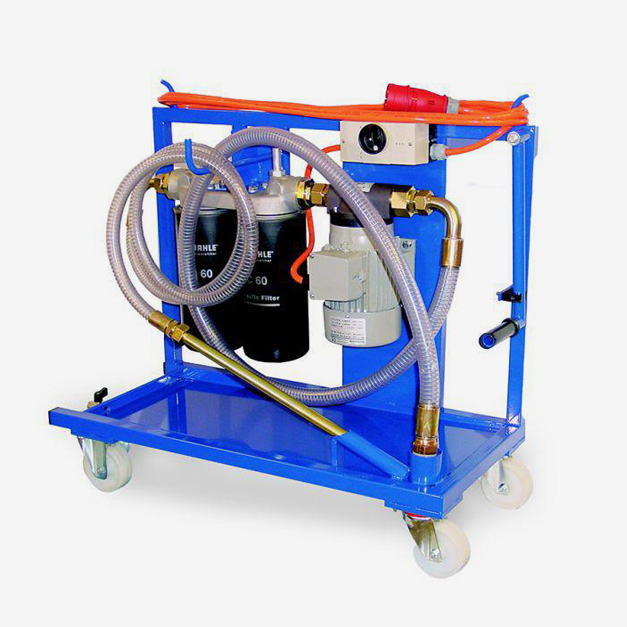

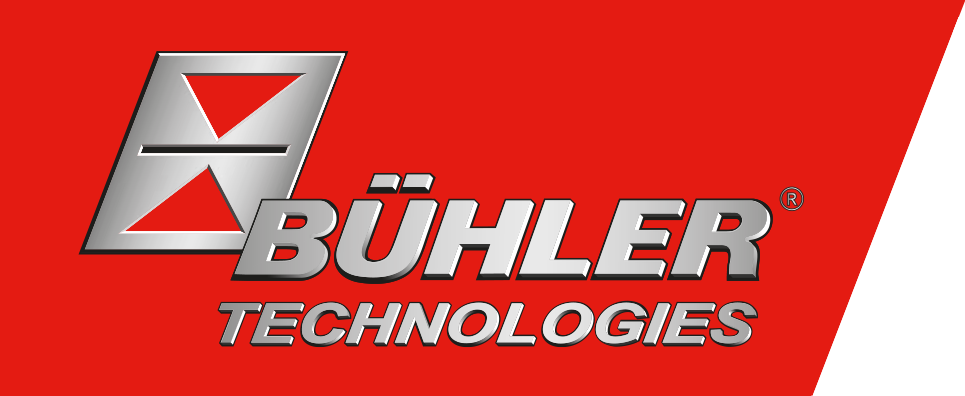
![[Translate to English:] [Translate to English:]](/fileadmin/images/news/2025/News_Ausfaelle-vermeiden-min.jpg)